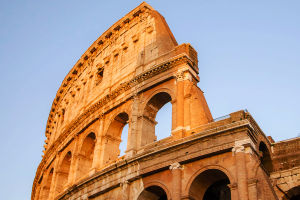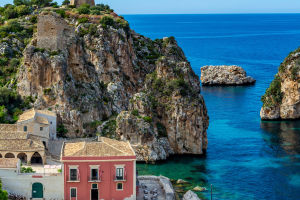Have you ever admired a building that feels both historic and fresh at the same time? Today, let's explore how we, as designers and lovers of architecture, can successfully combine classical styles with modern needs.
This fusion not only preserves tradition but also brings new life and purpose to buildings.
Balancing Tradition with Modern Needs
One of the biggest challenges we face is how to keep the charm and beauty of traditional architecture while meeting today's functional demands. Old buildings often have intricate details and forms that tell stories, but they weren't designed for modern living or working.
To find balance, we carefully analyze which traditional elements are essential to keep—such as columns, arches, or decorative motifs—and how they can be adapted without limiting the building's use. For example, we might use classic facades but equip interiors with flexible layouts and advanced technology. This way, the building stays true to its roots while serving contemporary purposes.
Techniques to Preserve Traditional Elements
We use several design strategies to blend old and new. One is "contextual design," where new parts of a building respect the scale, color, and texture of traditional sections. We also carefully restore or replicate materials that match the original construction.
Another approach is "contrast design," where modern features intentionally stand out next to classical ones, creating a dialogue between the past and present. This can make the architecture more dynamic and thought-provoking while honoring its heritage.
Enhancing Cultural and Historical Value
When we successfully merge classical and modern styles, we don't just create a building—we protect culture. These buildings become landmarks that remind us of history while adapting to current life.
Such architecture deepens our connection to a place by showing respect for tradition and innovation. It also educates future generations about the evolution of design and community values. As we design, we think about how the building will tell its story for years to come.
Why This Fusion Matters to Us
We believe this balance enriches our urban environment. Instead of erasing the past, we give it new meaning. Cities with well-integrated classical and modern architecture tend to feel more welcoming and unique.
For us as users and creators, these spaces inspire creativity, comfort, and pride. They show that progress doesn't mean forgetting where we come from but building on that foundation.
Moving Forward: Our Role in Design
As we look to the future, it's exciting to think about how we can keep improving this fusion. New materials and technologies give us more tools to respect tradition while meeting new challenges like sustainability.
We encourage everyone to support architecture that thoughtfully combines old and new. By doing this, we celebrate culture, history, and innovation all at once.
Conclusion: Embracing the Best of Both Worlds
Bringing classical elements into modern architecture is a creative challenge with meaningful rewards. Together, we can design buildings that respect history and meet today's needs, making spaces that truly belong to our time and place. What classical details would you like to see in future buildings around you?


